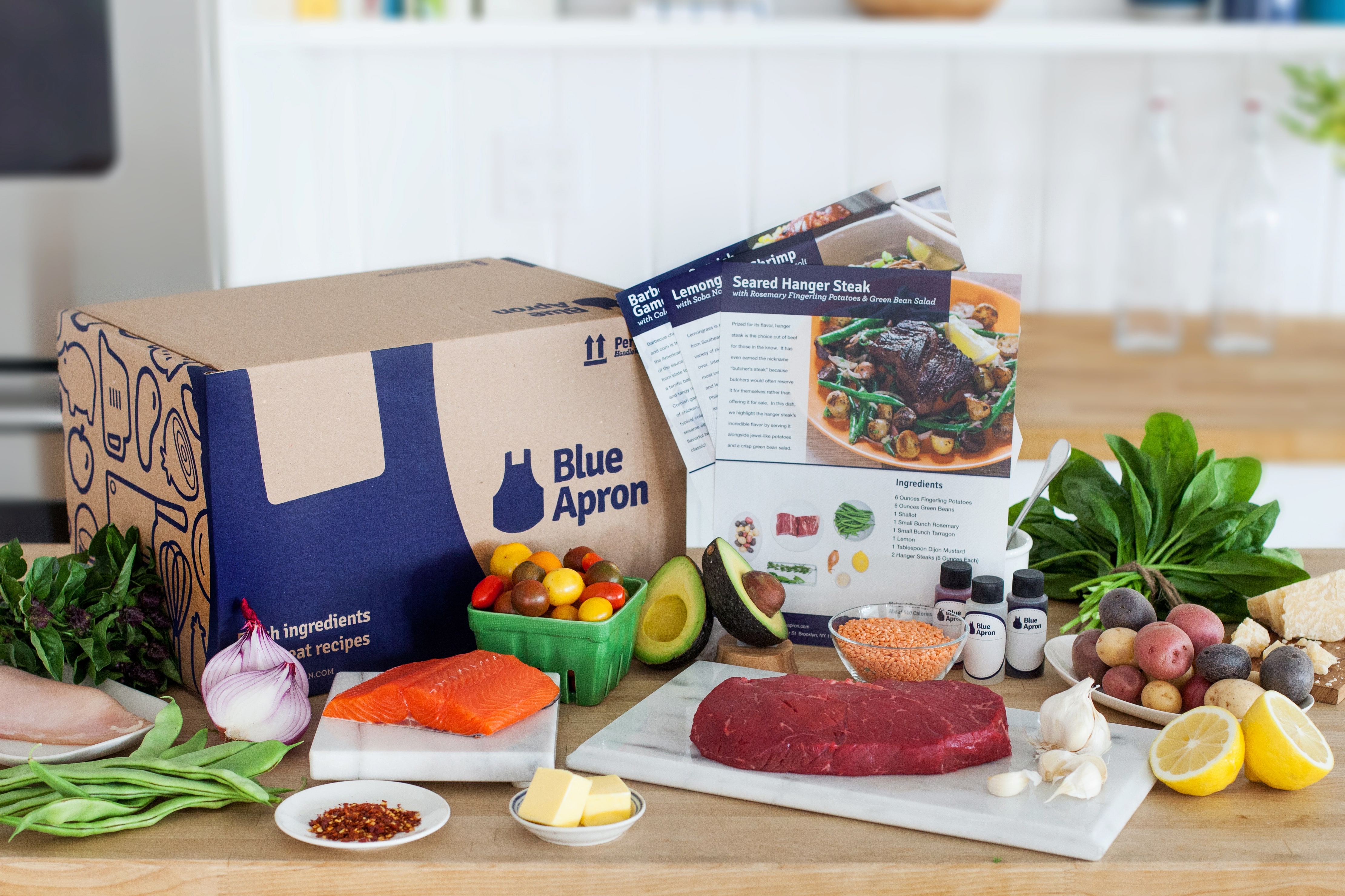
According to a recent study by Chicago-based Technomic Inc., the global market for fresh food subscription, also known as ‘meal kits’, topped $1 billion in 2015, and is positioned to change the way consumers think about food at home.
Meal kits are defined as a service designed to deliver fresh, pre-measured ingredients to the doorsteps of consumers. According to Technomic’s research, this niche market is disrupting food consumption norms.
“This market initially gained traction overseas, but today the US represents nearly 40% of the global market,” says Erik Thoresen, principal at Technomic. “We project the fresh food subscription market in the US alone will grow to a multi-billion dollar market over the next five years. This growth is fuelled by growing consumer acceptance of the subscription service model, as well as a strengthening food culture within the mainstream market.”
In addition to measuring the current and future economic health of the industry, the Understanding Fresh Food Subscription Study – which includes an in-depth analysis of trends for the market to maximise global opportunities – makes the case that the US market alone will grow by a factor of 10 over the next five years.
Ruby Parker Puckett FFCSI believes this concept will be “extremely successful” in the US. “It will save the consumer time – no grocery trips, less time in production, clean-up and garbage handling. It will provide a variety of food that will be nutritionally balanced. The generation that is likely to accept this technology will gain more time – a very high priority – to do what they want to do. My major concerns would be food safety and quality.”
Senior FCSI associate member John Reed, owner of Customized Culinary Solutions in Skokie, Illinois, says he sees merit to the concept, but calls it more conducive to gourmet/high-end grocery stores “where they can support a commissary approach if they expect to have any shelf life of their products. Extending the shelf life through any MAP/Vacuum packaging is a difficult proposition for an independent restaurant,” he says.
“Boiled down, quality ingredients and preparation technique seem to be the key elements for cooking an excellent home meal,” suggests Jaclyn J. Morgan FCSI, the principal of JM Foodservice Consulting, LLC, in New Berlin, Wisconsin. “Elements that an executive chef knows like the blade of his or her knife. But the chef knows the intricacies of taste, flavour profiles, and flawless execution. These skills are all teachable to the willing student learner.”
Morgan feels restaurants and executive chefs should be hosting and teaching more cooking classes.
Though this service holds huge appeal for some, “I do not see it disrupting other forms of dining out or take-out,” says Karen Malody FCSI, the principal of Culinary Options in Portland, Oregon. Instead, she sees take-out of already-prepared meal growing more. “Certainly the appeal of these pre-measured meals is for those who value the sense of home-cooked meals: the smells, the sense of love expressed in cooking for family and friends, of doing something meaningful.”
As with so many burgeoning trends in the restaurant space, time will tell.
Howard Riell
Photo credit: Blue Apron
